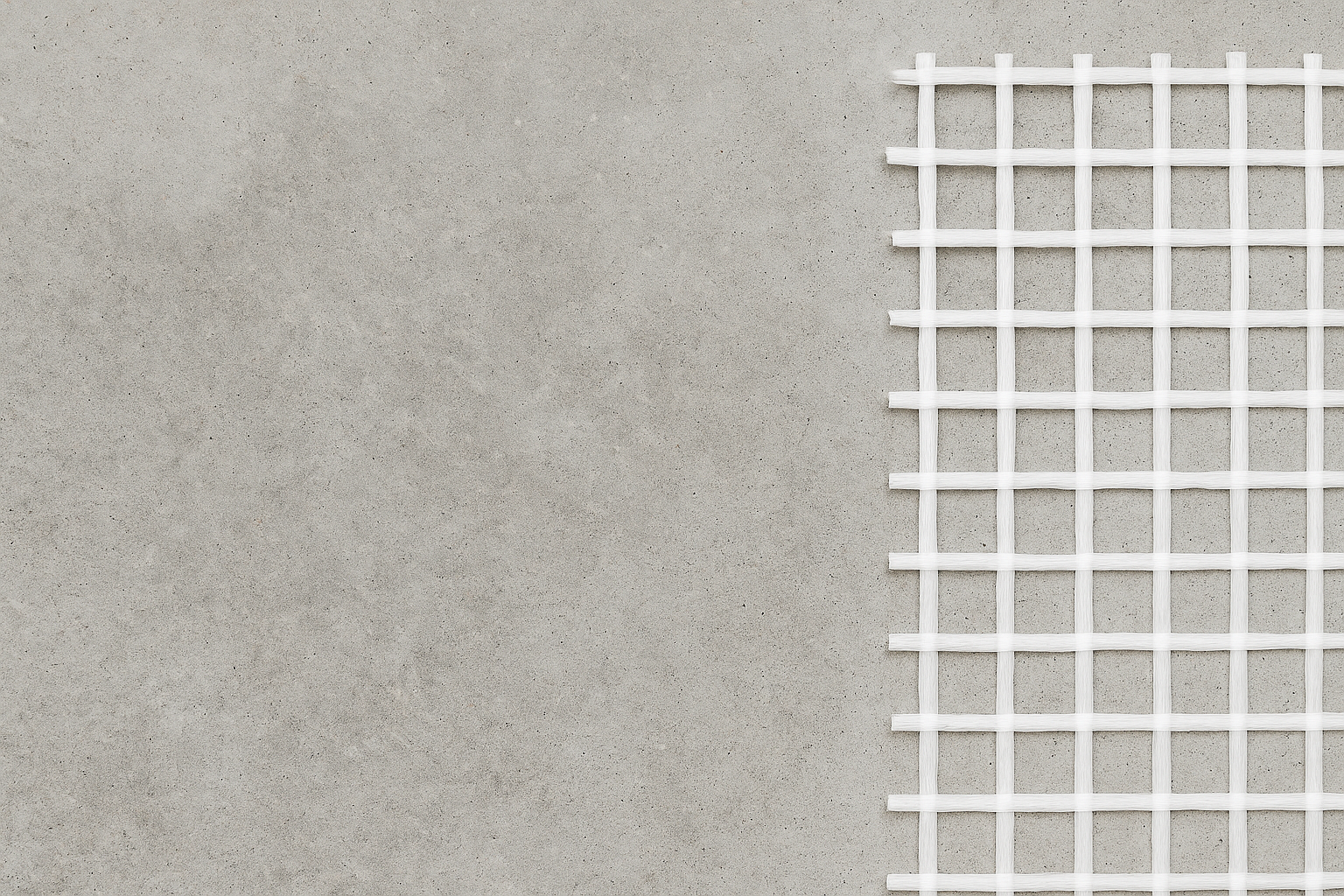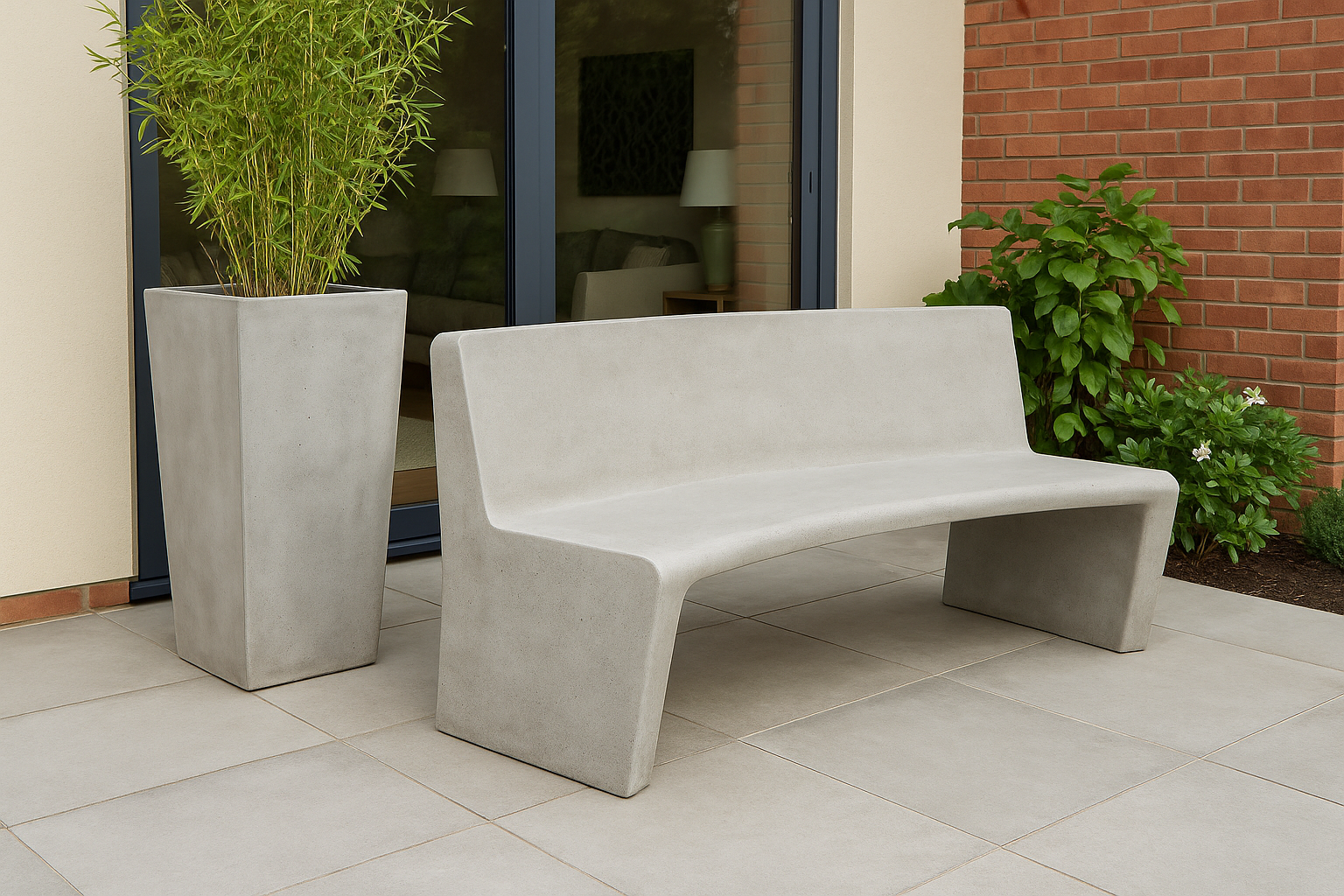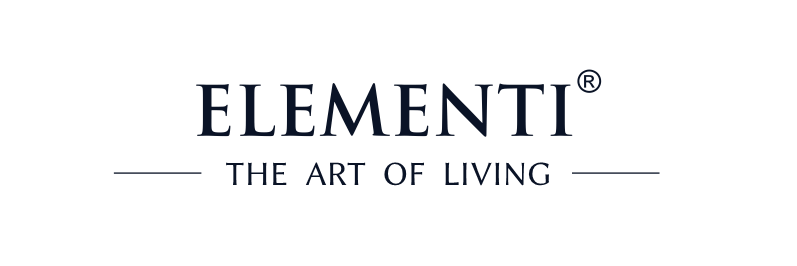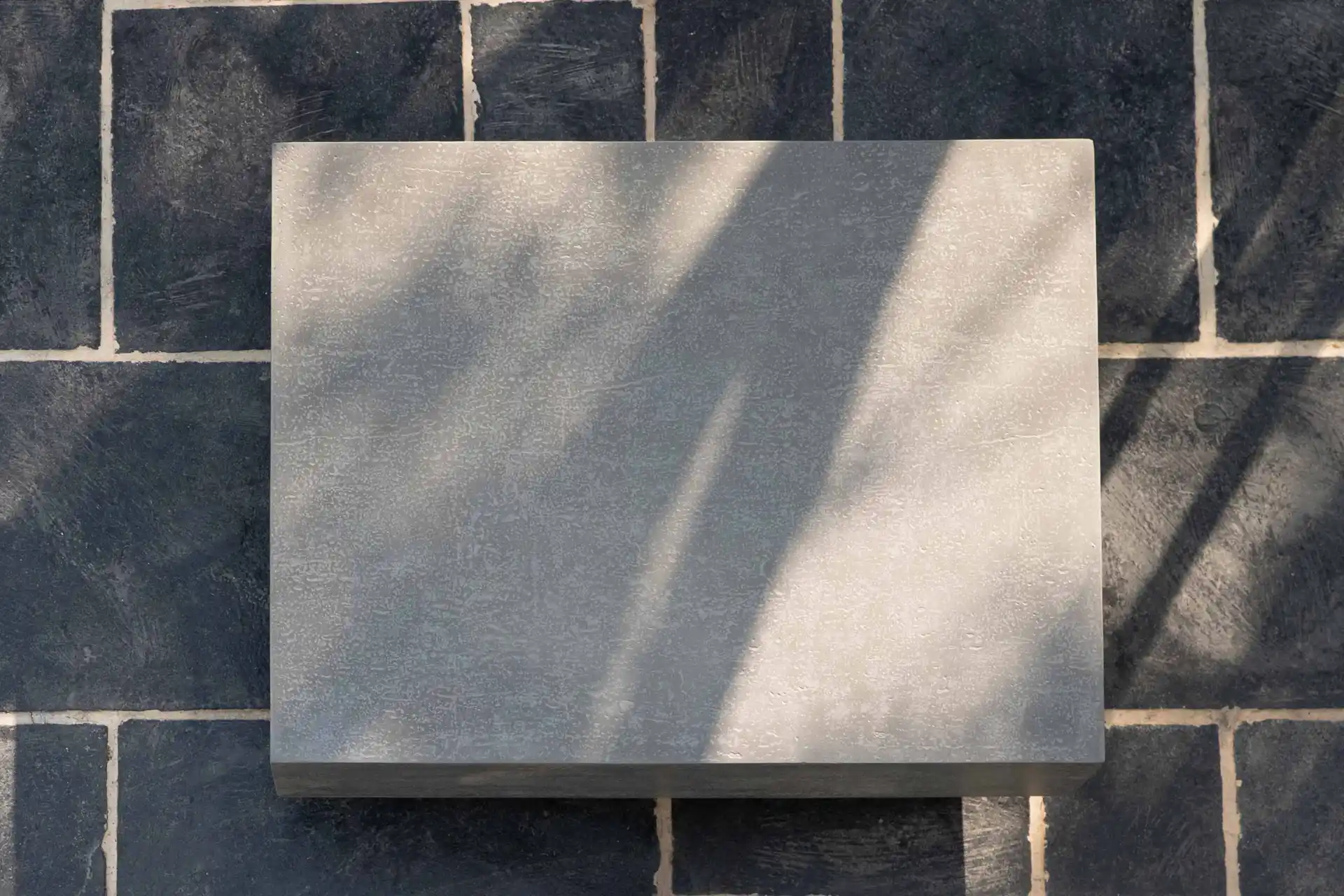GFRC (Glass Fiber Reinforced Concrete) is a cement-bound composite material whose matrix is reinforced with alkali-resistant glass fibers. Compared to conventional Beton, GFRC offers significantly higher bending tensile strength and crack energy absorption with reduced dead weight and excellent reproducibility of fine surfaces. This makes it particularly suitable for precise components in architecture, furniture and for cladding modern fireplaces both indoors and outdoors.

1 Basics and material structure
GFRC consists of a fine-grained mortar matrix (cement, quartz sand, water, additives and auxiliary materials) without coarse aggregates. Short-cut, alkali-resistant glass fibers are homogeneously mixed into this matrix or added during application. The fibers act as isotropic micro-reinforcement and bridge micro-cracks, significantly increasing ductility and durability compared to conventional Beton. Typical fiber lengths are 12-38 mm, the volume fraction is around 3-5 %. Polymer modifiers improve bond adhesion, reduce capillary water absorption and increase fatigue resistance.

In contrast to traditional Beton (with dominant compressive strength, brittle fracture behavior and higher self-weight), GFRC aims for a more balanced property profile: lower density, higher flexural strength, better impact strength, controlled cracking and excellent reproducibility of thin-walled geometries.
2 Manufacturing process and process control
Two process lines have proven themselves in the industry: the spray-up process (simultaneous spraying of matrix and cut rovings) and the premix process (pre-dispersed fibers in the matrix, then cast or laminated). Spray-up is the preferred method for high-quality visible surfaces and complex geometries, as the fiber orientation and dosage can be controlled very precisely along the shape contour.
- Fiber distribution: uniform dispersion prevents fiber bundles (balling) and local weakening.
- Water-binder management: low effective W/B values (supported by superplasticizer) result in dense microstructures.
- Hardening: controlled post-treatment (humidity/climate) minimizes early shrinkage cracks, stabilizes hydration and dimensional stability.
- Temperature resistance: heat-stable additives and layer structures are selected for fireplaces that can withstand thermal gradients without damage.
3 Mechanical and physical characteristics
The characteristic values depend on the process and fiber. For spray-applied GFRC (guide values, depending on standard/test specimen geometry):
- Density: 1.8-2.0 g/cm³ (up to approx. 25-35 % lighter than normal concrete of comparable wall thicknesses)
- Compressive strength: 50-80 MPa
- Bending tensile strength: 15-30 MPa, with pronounced post-cracking strength
- Tensile strength: 6-10 MPa
- Modulus of elasticity: 15-25 GPa
- Water absorption (according to relevant EN/ASTM methods): typ. < 7 %
The material-specific advantage pattern is particularly evident in the fracture mechanics: While conventional Beton tends to break brittle, GFRC develops a pseudo-ductile behavior under flexural tension. The glass fibers keep microcracks closed and distribute stresses, which increases energy dissipation and extends the service life.
4 Testing and evaluation standards
Standardized test procedures are used for quality assurance. References to EN 1170 (test methods for glass fiber-reinforced cement composite products), EN 14617 sub-series (for composite materials in the surface area) and ASTM methods (e.g. C1185, C948, depending on the component) are common. In addition, material-specific laboratory protocols (fiber length/quantity determination, composite tensile tests, porosimetry, thermal cycles) are used. Process capability indicators (e.g. Cp/Cpk) are used for critical dimensions, wall thicknesses and surface porosity in series production.
5 Fields of application
- Claddings and housings for modern fireplaces, including sophisticated radii and thin-walled rib structures
- Design and garden furniture with architectural clarity and high surface quality
- Curtain wall elements, panels, cornices, balustrades
- Landscaping, planters, sculptures and urban furnishings
6 Advantages in fireplace applications
For fireplace housings, GFRC combines thermomechanical stability with dimensional stability. Suitable layer structures, heat-resistant inner linings and defined safety distances reduce thermal stresses and local peaks. This results in
- Good thermal shock resistance (frost/heat) with low tendency to crack,
- Controlled heat conduction and dissipation for housing surfaces,
- Lower weight with the same component rigidity, which simplifies transportation and assembly,
- precise surfaces with reproducible textures (e.g. natural stone-like looks).
Fuel categories are often addressed separately for appliance selection and operation. Product categories such as gas and ethanol differ in terms of performance, distances, ventilation requirements and handling; the GFRC casing forms the dimensionally stable, weather-resistant outer structure.
7 Advantages in furniture applications

For furniture (e.g. coffee tables, side tables, dining tables), GFRC supplies a high-quality, permanently dimensionally stable surface with reduced wall thicknesses. This allows for fine edges, defined radii and lightweight, yet solid components. Relevant product areas include concrete furniture for indoor and outdoor areas with coordinated sealing systems.
- Weight advantage for handling, logistics and installation,
- High edge stability and impact resistance with the right fiber and matrix design,
- Variety of surface finishes (matt, polished, pigmented, controlled porosity),
- Good weather and UV resistance with proper care.
8 Surface care, cleaning and protection
GFRC is low-maintenance, but benefits from regular care to maintain its function and aesthetics in the long term. We recommend pH-neutral cleaning agents, soft cloths/sponges and regular drying of the surfaces. Aggressive, oily, abrasive agents should be avoided. For outdoor components, water-based sealants with renewable intervals (6-12 months depending on exposure) have proven effective. Covers reduce the entry of dirt and weathering during rest periods.
9 Durability and typical stresses
GFRC components are designed to withstand cyclical moisture, UV exposure, freeze/thaw cycles and moderate chemical influences. Critical stresses can be addressed by design measures: sufficient drainage, avoidance of standing moisture, coordinated sealing, controlled bonding/joining techniques and defined support points. Typical signs of wear (fine pores, slight color nuances) are inherent to the material and result from the typical manufacturing process.
10 Quality assurance, tolerances and complaint prevention
Production control plans with random sample tests for wall thickness, density, water absorption and bending tensile values are used for series products. Surface tolerances, permissible porosity and color variations are defined for each product group and communicated via release samples. Proper packaging (impact-resistant edges, climate-controlled storage areas) reduces transport damage. Installation instructions and maintenance cards reduce the risk of incorrect use and increase customer satisfaction in the field.
11 Sustainability and life cycle
The ecological balance sheet benefits from the long component service life, the reduced use of materials thanks to thin-walled structures and the possibility of reprocessing. Compared to heavy solid parts, transportation costs and assembly energy are reduced. The overall effect can be further optimized through material-efficient design, modular repairability (local repair of edges/surfaces) and recyclable packaging.
12 Comparative classification
In the spectrum of modern cementitious composites, GFRC is positioned between lightweight, design-oriented thin-wall construction and functionally strong high-performance concretes. Compared to fiberless systems, GFRC offers superior crack control and flexural tensile performance; compared to steel fiber-reinforced concretes, GFRC scores points in thin-walled exposed applications with its fine surface, lower weight and corrosion-free reinforcement. For solid primary structures, other systems (e.g. UHPC, reinforced concrete) have the advantage, while GFRC provides the best possible ratio of dimensional stability, durability and weight for shells, panels and furniture.
13 Outlook
Development is focusing on further reductions in matrix porosity, optimized hybrid fibre concepts (e.g. combinations of glass and polymer fibres), improved heat-resistant layer structures for zones subject to high thermal stress and environmentally friendly binder systems with a lower CO₂ load. At the same time, digital process chains (simulation of shrinkage/thermal effects, inline-capable sensor technology) and reproducible surface processes are becoming increasingly important. In practice, this means even lighter, more robust and more precisely manufacturable components – from fireplace cladding to high-quality concrete furniture.










